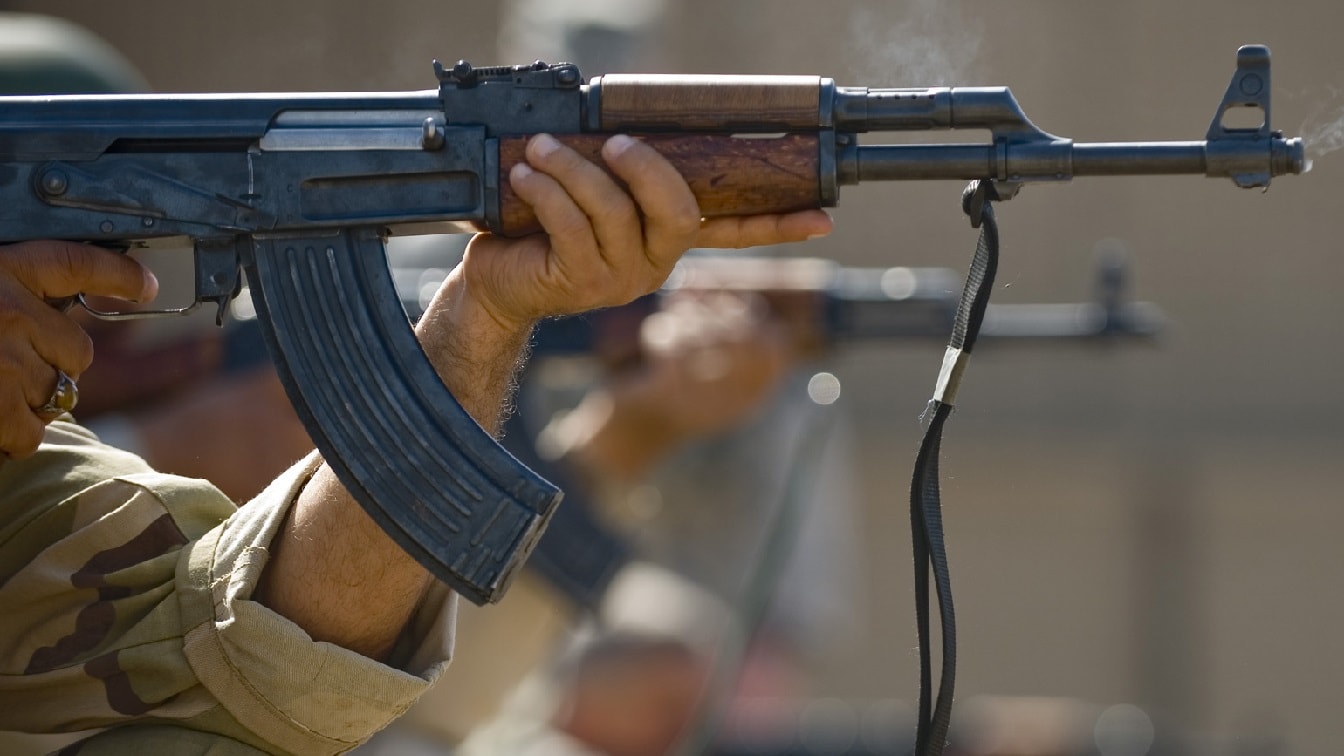5 Deadliest Guns of Vietnam: During the Second Indo-China War—more commonly known today among Americans simply as the Vietnam War—the communist forces including the People’s Army of Vietnam and the VietCong used a variety of small arms. In fact, the insurgent forces simply relied on whatever they could acquire like so many guerilla units in the Cold War.
In Vietnam that included captured stocks of French weapons from the First Indo-China War to homemade weapons. But such seemingly bizarre weapons as the French Chauchat from the World War I and German MG34 light machine guns from World War II were among such out-of-place firearms to have made it to the jungles of Southeast Asia. It is likely those were supplied to members of the French Foreign Legion, which was deployed with surplus World War II (or earlier) weapons when it was sent to fight against the Vietminh in 1950. Those firearms were in turn captured and reemployed by the VietCong.
There were five firearms that were most commonly used by the communist forces in Vietnam.
Mosin-Nagant Bolt Action Rifle
Designed in Imperial Russia in 1890 and used during World War I and the Russian Civil War, the Mosin-Nagant was still the most widely produced bolt action rifle of the Second World War. The Soviet Union supplied vast numbers of the rifle in all versions to support the spread of communism throughout Southeast Asia.
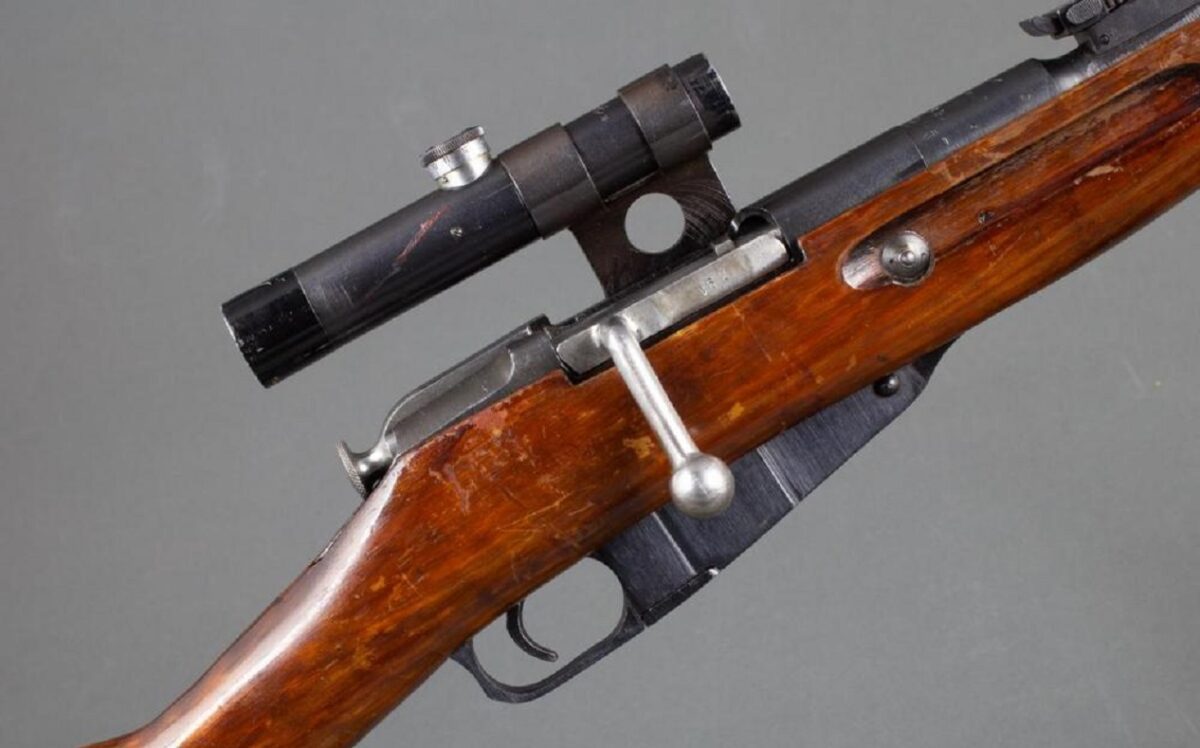
Mosin–Nagant Rifle. Image Credit: Creative Commons.
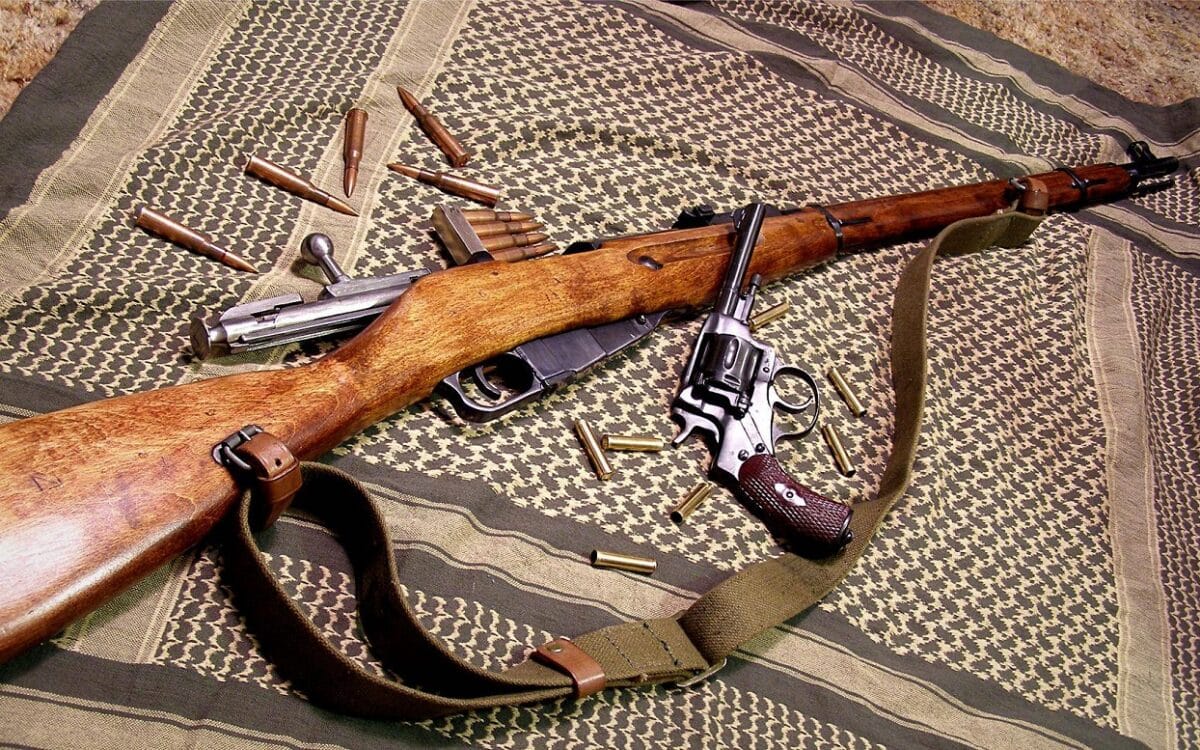
Image: Creative Commons.
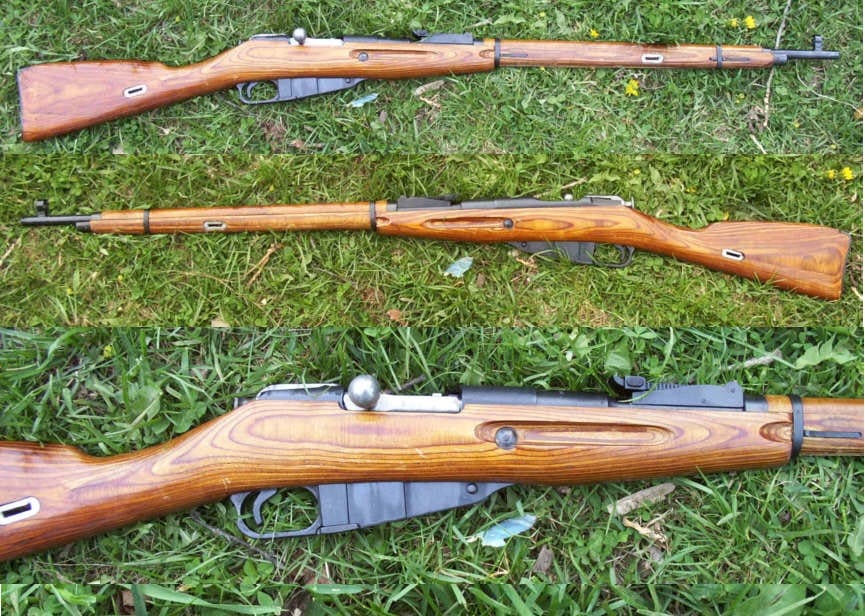
Mosin-Nagant. Image Creative Commons.
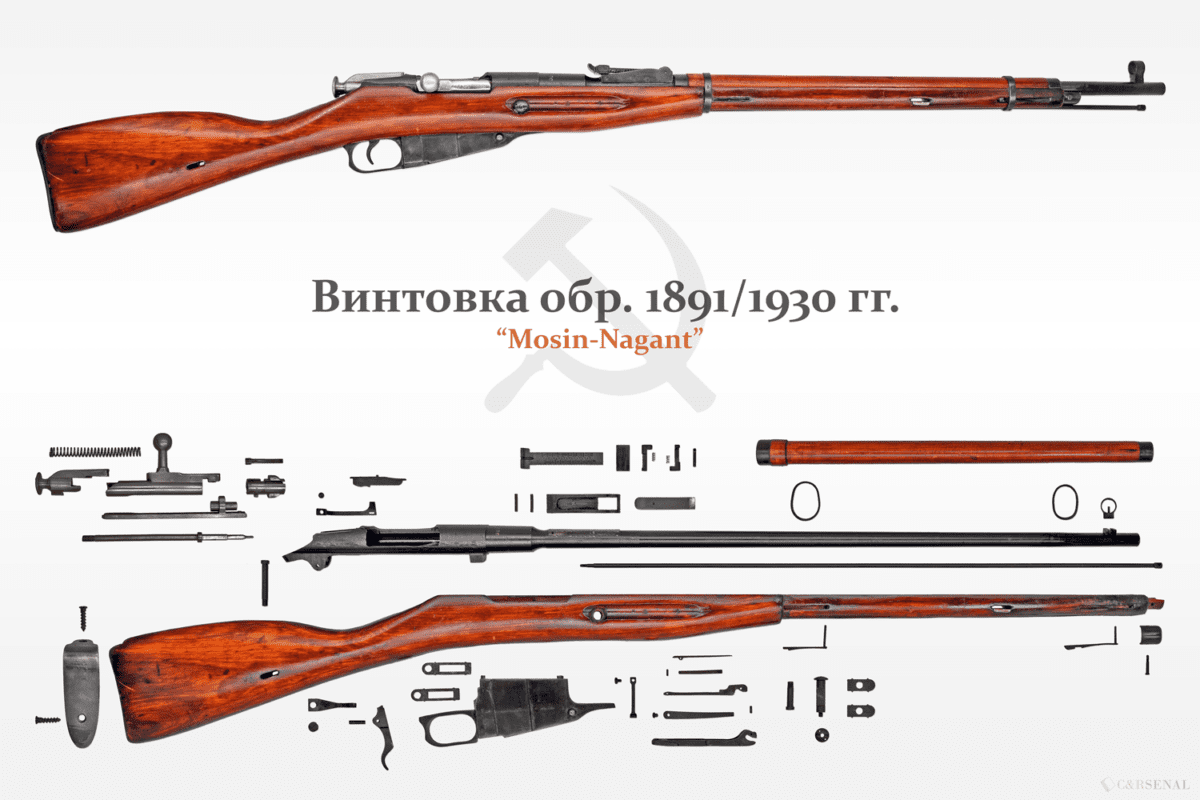
Mosin–Nagant Rifle. Image Credit: Creative Commons.
Additionally, the Viet Cong relied on stocks of the Chinese Type 53, a license-built version of the post-war Soviet M1944 carbine version of the Mosin-Nagant. The carbine model was just as durable, accurate and easy to maintain as the original Russian design and it fired the same 7.62x54mmR cartridge.
SKS Semi-Automatic Rifle
Developed as a semi-auto carbine–much like the American-made M1 Carbine–at the end of World War II by designer Sergi Gavrilovich Simonov, the SKS (Samozaryadniy Karabin Sistemi Simonova) was widely employed in Vietnam. Its origins date back to the end of World War II, when the Soviet Red Army sought to replace its bolt action rifles. The SKS was actually the first Soviet weapon to be chambered in the 7.62×39-millimeter M43 round, which the Soviets created in response to the German’s 7.92x33mm Kurz ammo that was used for the StG44/MP44 (Sturmgewehr).
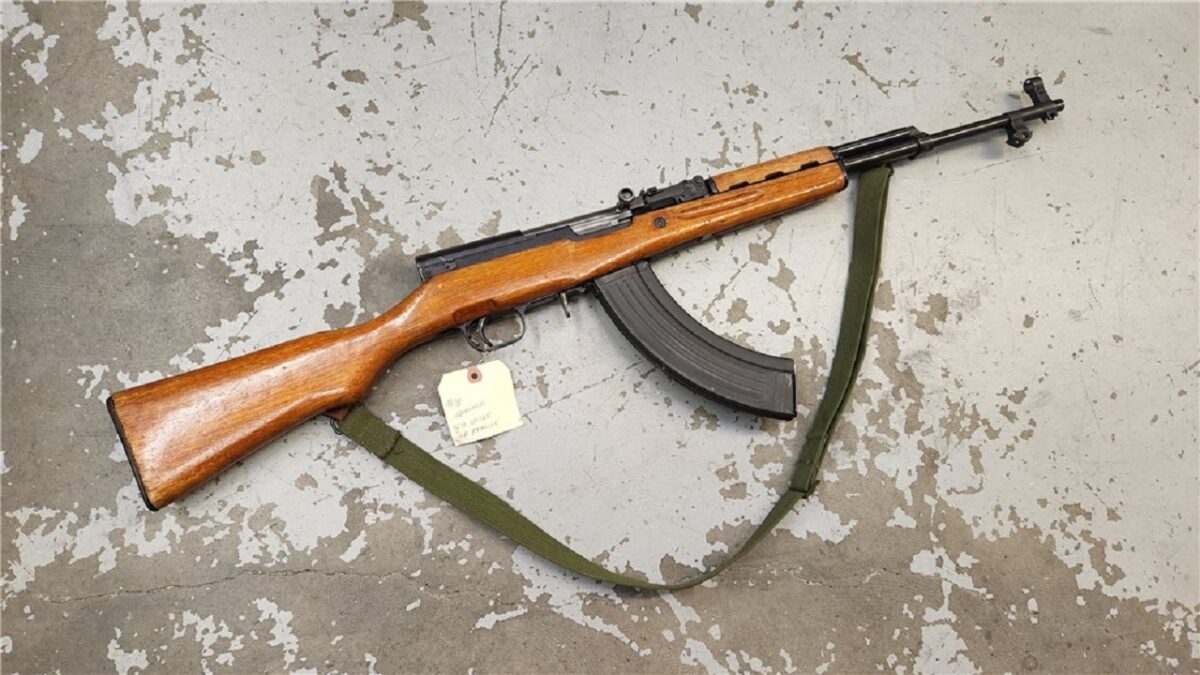
SKS. Image Credit: Creative Commons.
The SKS featured a ten-round magazine and was fitted with a folding bayonet under the barrel. Like the Mosin-Nagant carbine, the SKS was compact and fairly lightweight, which made it popular with the jungle fighters. A Chinese version, the Type 56 was also supplied to both the People’s Army of North Vietnam (PAVN) and the VietCong.
PPSh-41 Submachine Gun
The Pistolet-Pulemyot Shpagina (PPSh-41) became infamous during World War II, and was the most widely employed submachine of the war. Some six million were produced and were among the first weapons supplied when surplus stocks were distributed in quantity to the PAVN. The PPSh-41fired the 7.62x25mm pistol cartridge that was developed for the TT-33 Tokarev pistol. It was originally fitted with a 71-round drum magazine, which gave the gun its distinctive silhouette, but in the jungles of Vietnam was typically used with the 35-round curved box magazine.
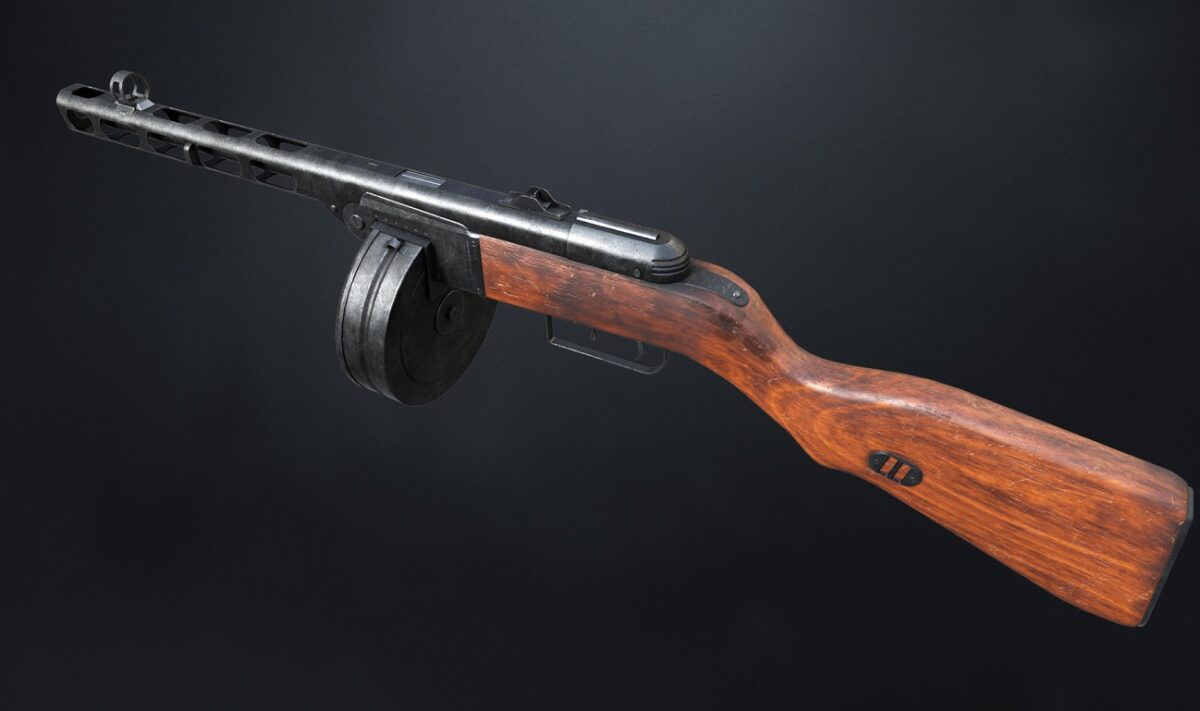
PPSh-41 from Russia during World War II. Image Credit: Creative Commons.
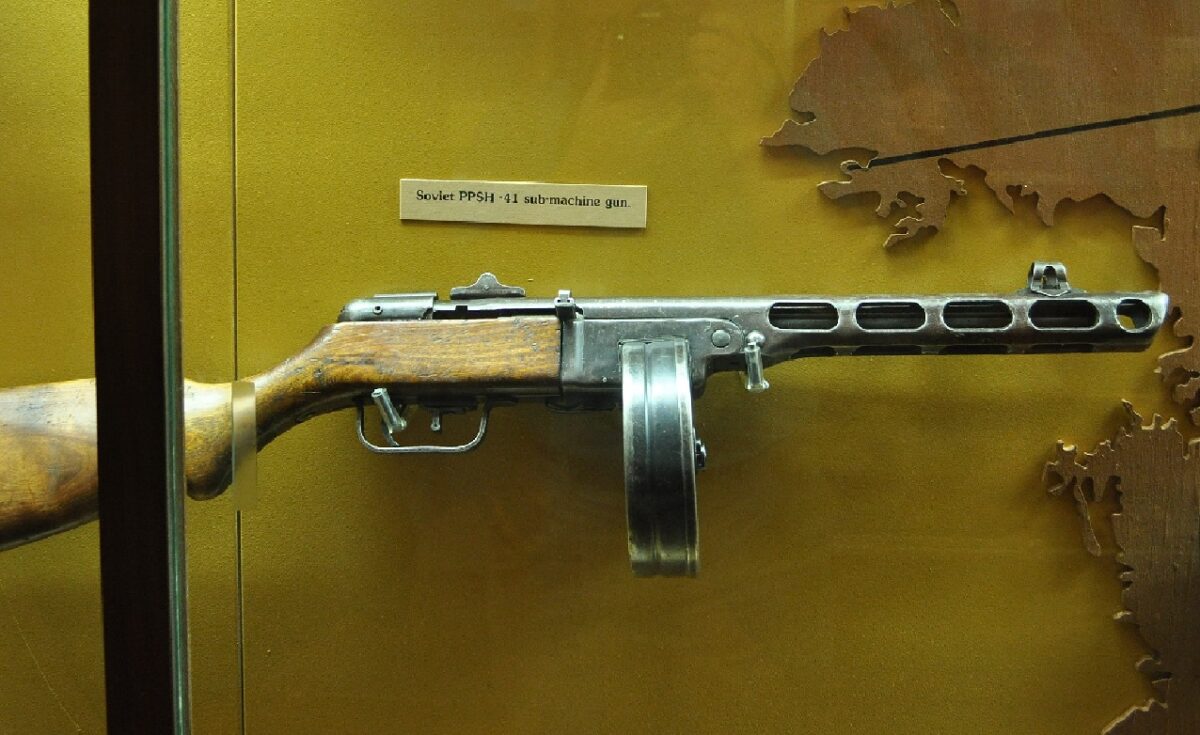
PPSh-41 from World War II. Image Credit: Creative Commons.
After World War II, the Red Chinese produced the PPSh-41 domestically as the Type 50 under license from Moscow. American and UN forces had become familiar with the weapon during the Korean War, and it was commonly used in the early stages of the Vietnam War.
DShK Machine Gun
The 12.7mm (.50 caliber) Soviet-made DShK 38/46 gas-operated, air-cooled heavy machine was the primary anti-aircraft weapon employed in North Vietnam during the war. Weighing in at sixty-three pounds, not including its massive mount, it still provided the necessary firepower needed to combat low flying enemy aircraft–notably helicopters. It was first used at the Battle of Dien Bien Phu at the end of the First Indo-China War and was widely employed throughout the Vietnam War.
While not as powerful as anti-aircraft cannons, the DShK proved far easier to smuggle through Vietnam, Cambodia and Laos. It was responsible for shooting down some 7,500 helicopters and fixed-wing aircraft. The Chinese produced a version designated the Type 54 heavy machine gun.
AK47 Assault Rifle
No communist weapon from the Vietnam War is as iconic as the infamous AK47. Developed after World War II, it was partially based on the German-made StG44, the world’s first true assault rifle. Chambered for the 7.62×39-millimeter intermediate cartridge, the select-fire AK47 was the best mix of a battle rifle and submachine gun. It was compact, easy to operate and held a lot of ammunition.
It proved to be exactly what a guerilla fighter needed in Vietnam–and like the Mosin-Nagant it was durable, accurate and required minimal maintenance. Capable of a cyclical rate of fire up to 600 rounds per minute it was ideal for a soldier with minimal training, and it practically defined the concept of “spray and pray.”
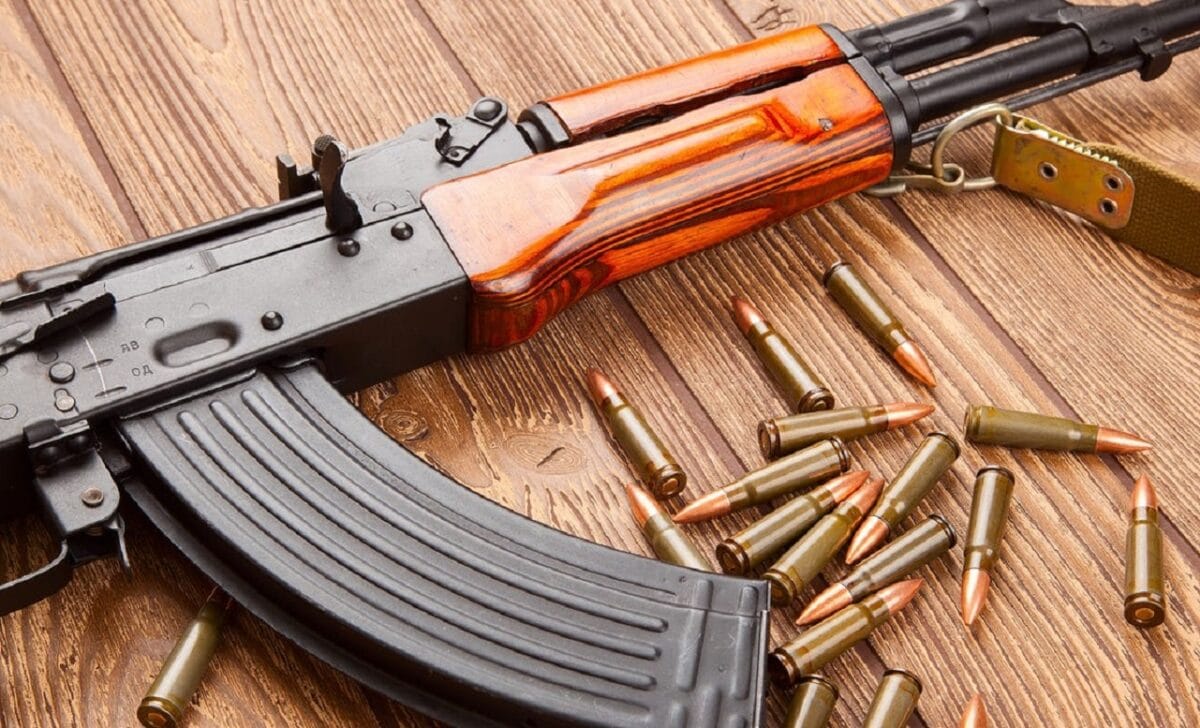
AK-47
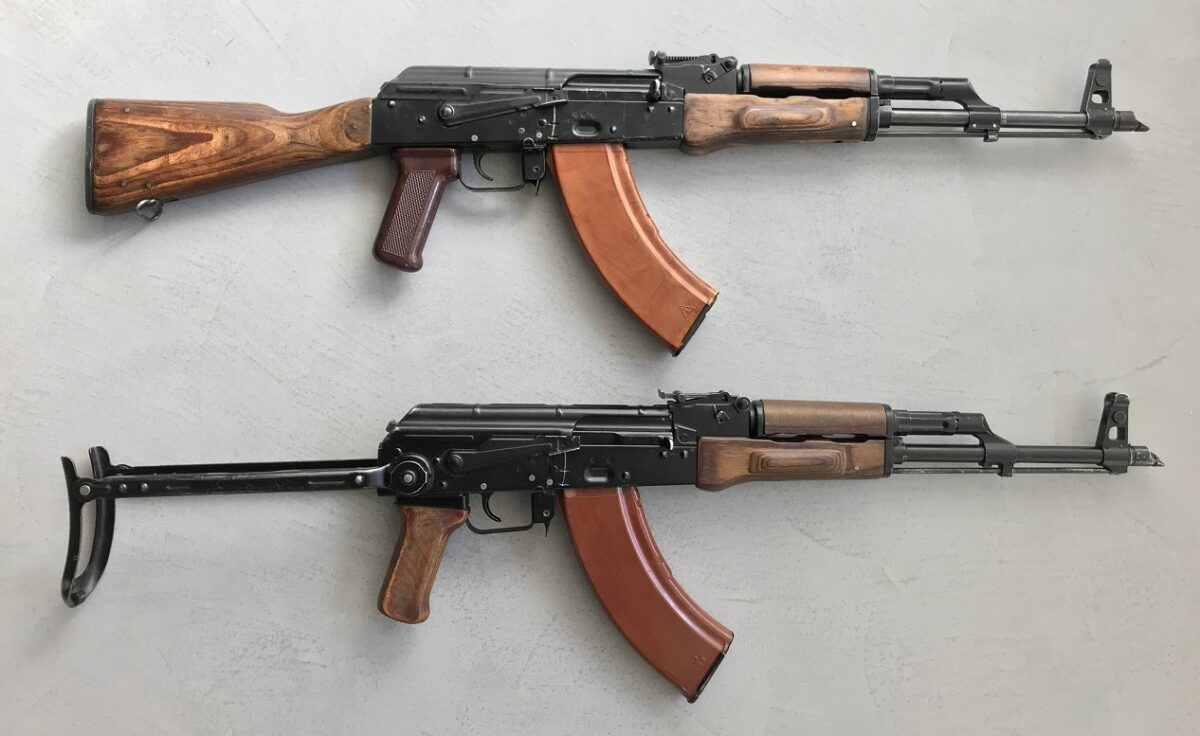
AK-47

AK-47. Image Credit: Creative Commons.
In addition to the Soviet-produced AK47 and AKM (AK modernized), the Chinese provided the Type 56, a near-direct copy that also included a folding bayonet, and the Type 56-1, which featured a metal folding shoulder stock. The vast quantities of the AK47 and other weapons were employed in the Third Indo-China War, including the brief Sino-Vietnamese War in February 1979.
MORE: Is Russia’s Su-57 Felon Stealth Fighter a Total Bust?
MORE: Merkova: Israel Has A Super Tank
Peter Suciu is a Michigan-based writer who has contributed to more than four dozen magazines, newspapers and websites. He regularly writes about military small arms, and is the author of several books on military headgear including A Gallery of Military Headdress, which is available on Amazon.com.

